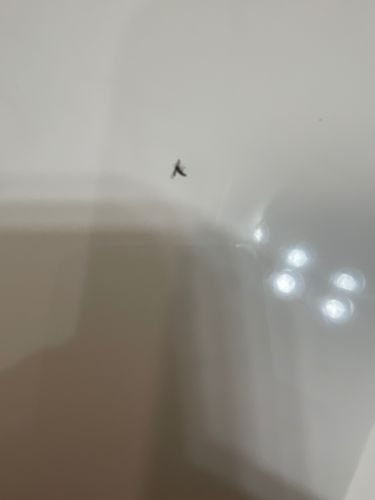Mosquito
Scientific Name: Various species within the Culicidae family (e.g., Anopheles, Aedes, Culex)
Order & Family: Order: Diptera, Family: Culicidae
Size: Typically 3 to 6 mm (0.12 to 0.24 inches) in length

Natural Habitat
Mosquitoes are found globally in a wide range of habitats, particularly near standing water sources where they lay their eggs. This includes marshes, swamps, ponds, puddles, old tires, buckets, and even small containers of water around human dwellings.
Diet & Feeding
Female mosquitoes feed on blood from various hosts, including humans, mammals, birds, and reptiles, to obtain proteins for egg production. Both male and female mosquitoes feed on plant nectar, fruit juices, and other sugar sources for energy.
Behavior Patterns
Mosquitoes are most active during dawn and dusk, but some species can be active throughout the day or night. Males feed on nectar and plant juices, while females require a blood meal for egg development. They are known for their distinctive high-pitched buzzing sound during flight.
Risks & Benefits
Potential risks include transmitting various diseases to humans and animals, such as malaria, dengue fever, Zika virus, West Nile virus, and chikungunya. The annoyance from their bites can also cause itching and skin irritation. Benefits are limited; they serve as a food source for some animals like birds, bats, and fish, and males can contribute to pollination of some plants.
Identified on: 8/8/2025